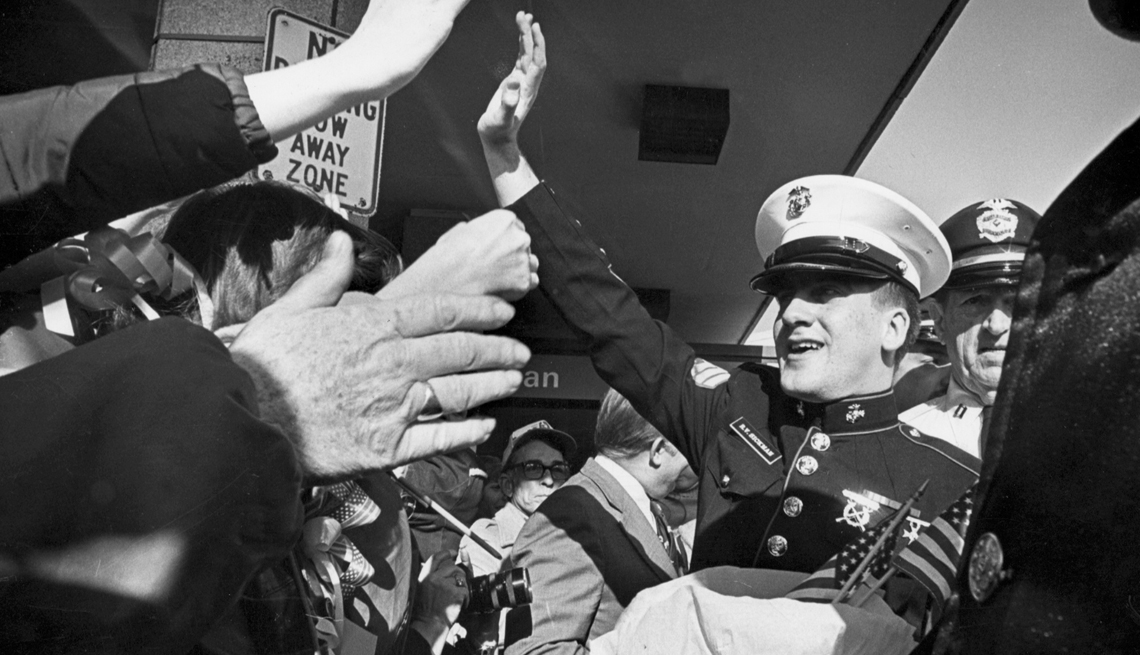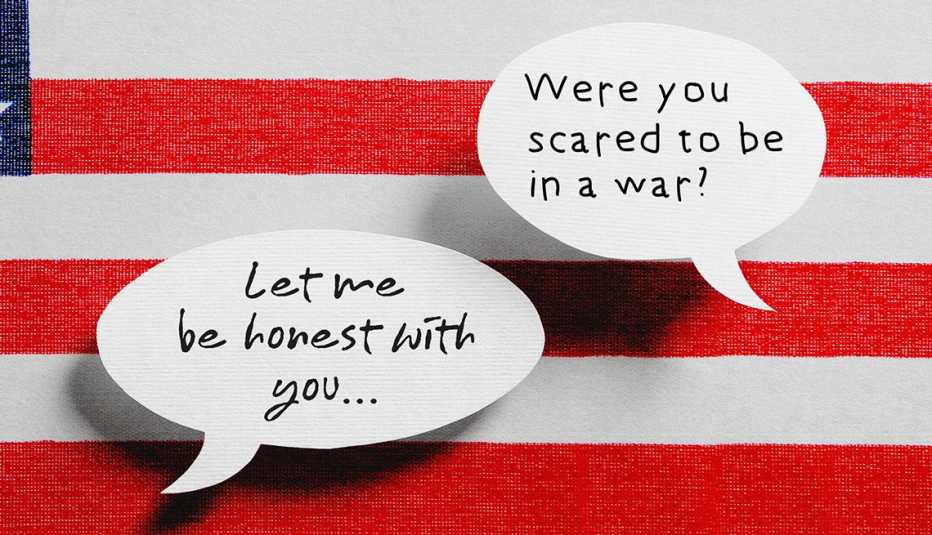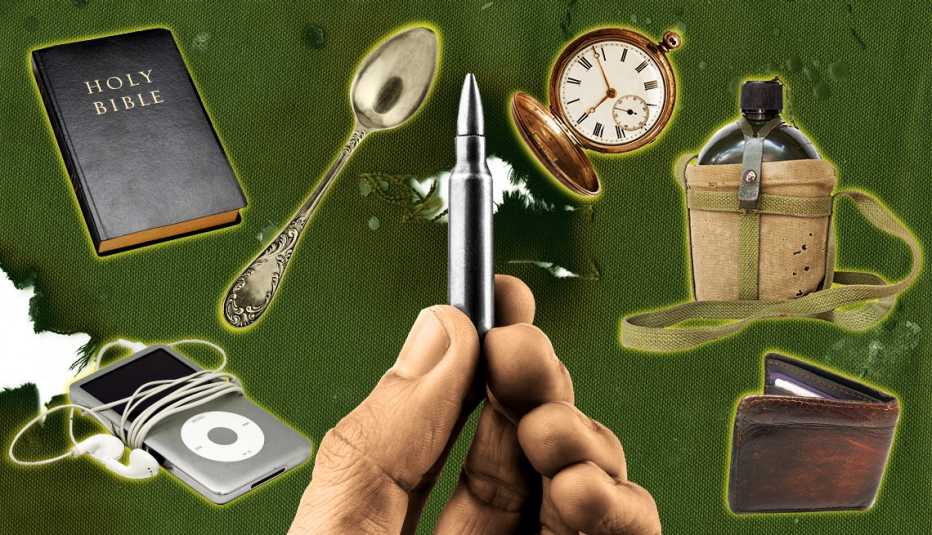Staying Fit
He didn’t know it at the time, but on the 174th day of Sgt. Rocky Sickmann’s captivity in Iran, eight American servicemen died trying to free him.


You can subscribe here to AARP Veteran Report, a free e-newsletter published every two weeks. If you have feedback or a story idea then please contact us here.
More than 42 years later, Sickmann devotes his working life to honoring them by helping families of the fallen.
His bond with the eight was forged in tragedy on April 25, 1980, when Sickmann was one of 53 hostages still being held at the U.S. embassy in Tehran, Iran, where he’d been a Marine guard.
Then 22, the Missouri native had been chained to a bed by Islamic radicals loyal to the country’s new leader, Ayatollah Khomeini. Fellow captives had been subjected to beatings and mock executions.
Unknown to the hostages, President Jimmy Carter had launched Operation Eagle Claw, a daring rescue mission in which 14 aircraft and more than 300 American personnel infiltrated Iran under cover of darkness and landed at a remote rendezvous site code-named Desert One.


AARP Membership— $12 for your first year when you sign up for Automatic Renewal
Get instant access to members-only products and hundreds of discounts, a free second membership, and a subscription to AARP the Magazine.
The plan was for a Delta Force assault team of 120 to be flown onward to the Iranian capital, where they would storm the embassy.
But the mission was ill-fated from the beginning. Two of the eight Sea Stallion helicopters flying from the USS Nimitz in the Gulf of Oman got caught in a dust storm and failed to make it to Desert One.
A third Sea Stallion reported an engine fault at the rendezvous site, and the Marine commander declared it unsafe to fly. Since the next stage of the plan required six helicopters, the mission was aborted.
In the confusion during the evacuation of Desert One, a Sea Stallion collided with an EC-130 refueler, igniting a massive fireball. Three Marines in the Sea Stallion and five Air Force crew members in the Hercules perished in the flames.
When news of the failed rescue attempt broke, the Iranian guards blindfolded and handcuffed the hostages before dispersing them around the country to thwart future rescue attempts.
“Right then I had such a good feeling that we were going to be released,” Sickmann wrote the next day in his diary. But his heart fell when he was told to prepare for a 10-hour car ride.
The charred remains of the eight airmen had been flown to Tehran and paraded before the cameras in the embassy courtyard.





































































